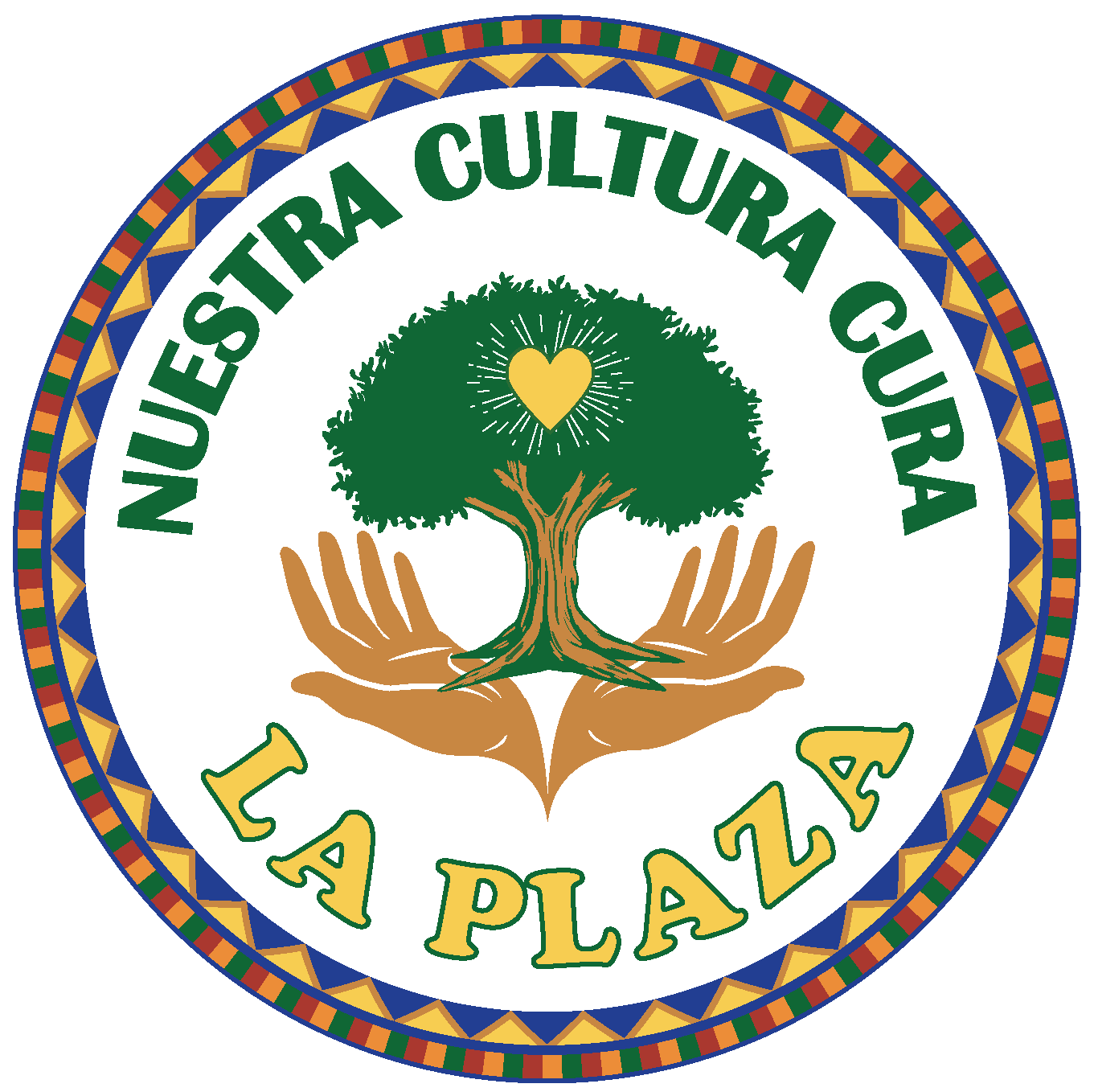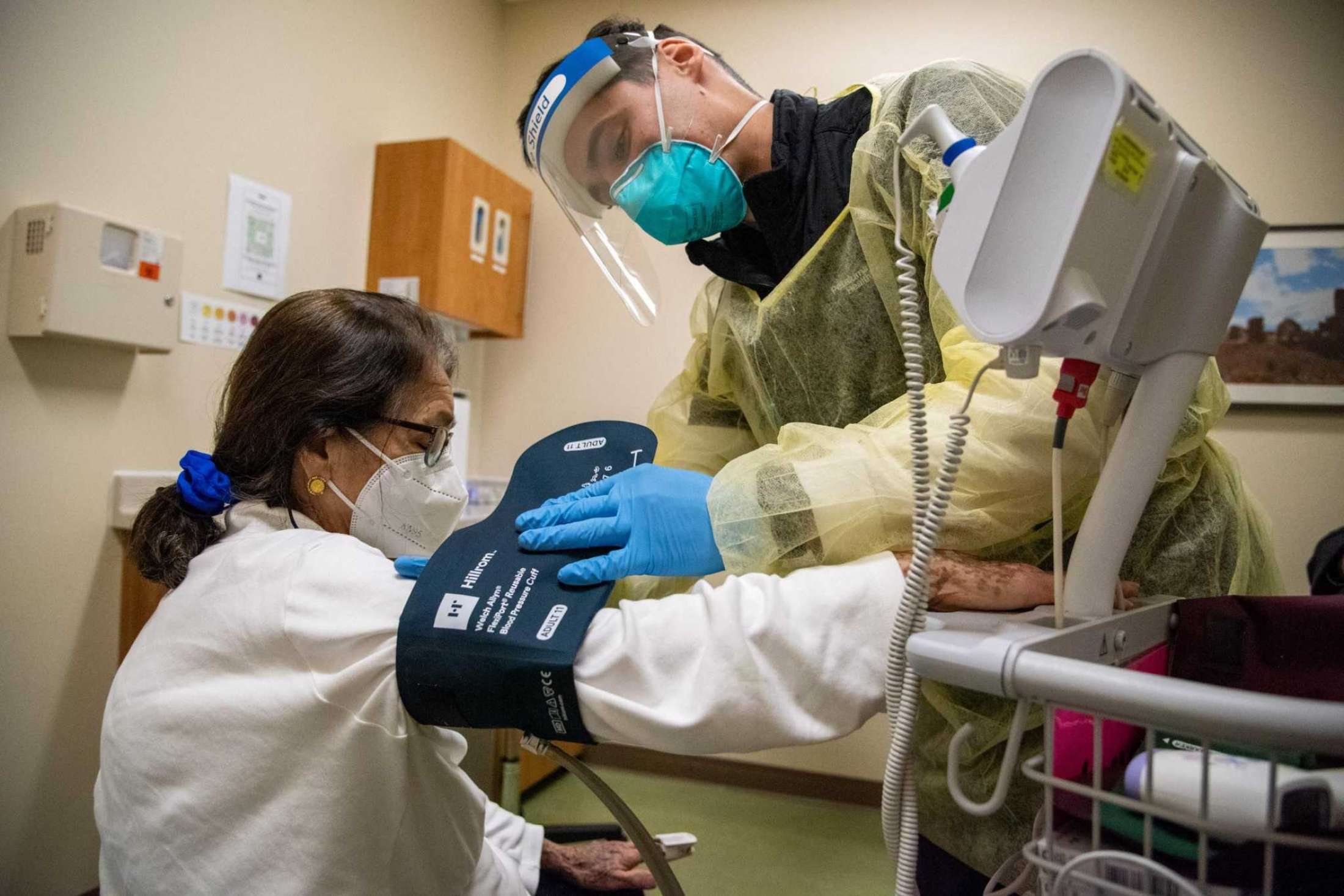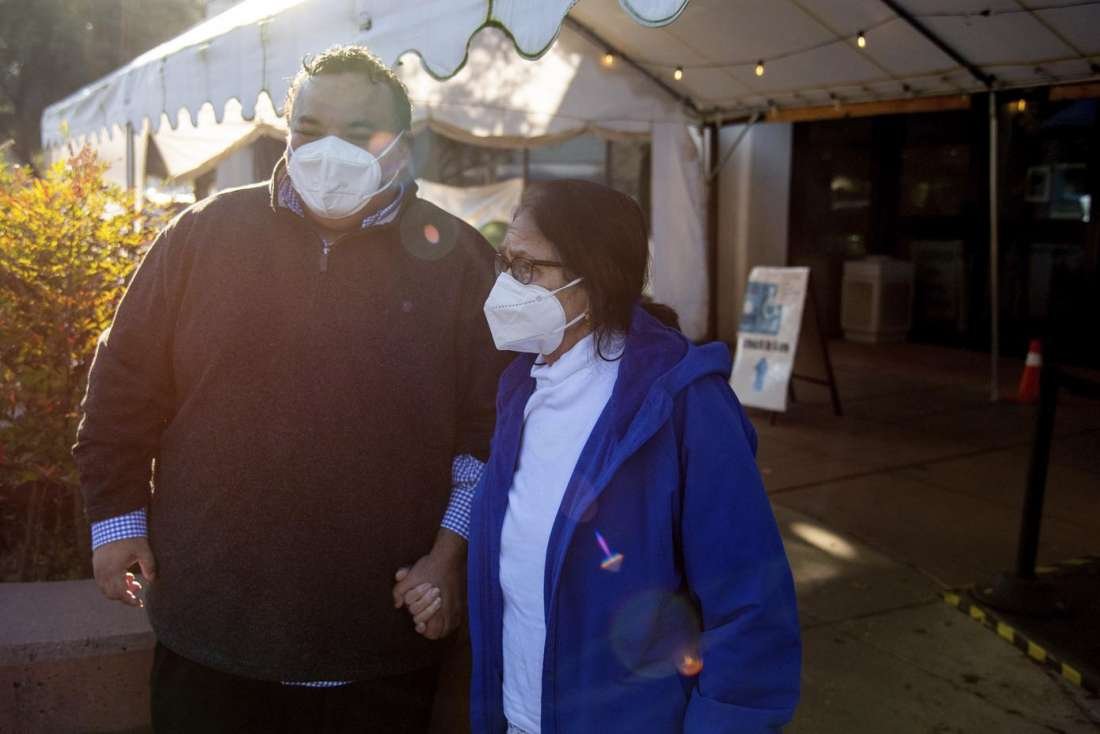Why struggling Sonoma County has Bay Area’s toughest COVID restrictions
Medical staff of Petaluma Health Center prepare to administer COVID-19 tests to patients waiting in their vehicles. Sonoma County still sees some of the Bay Area’s highest case rates.
Alvin A.H. Jornada/Special to The Chronicle
Pedro Toledo guided his 82-year-old mother by the hand to the intake window of a Petaluma health clinic and found himself in an unfamiliar position — asking where to report for an appointment.
Most days, Toledo is the one in charge: He’s chief administrative officer for the Petaluma Health Center’s network of clinics that serve about 40,000 patients in Sonoma and Marin counties. But on Monday morning he was a concerned son escorting a mother who was among the latest in Sonoma County to be infected with the coronavirus.
Testing positive the day after she returned home from a brief hospital stay, Toledo’s mother — who is in a high-risk age group and also suffers from the autoimmune illness lupus — became one of more than 71,000 residents overall who have been infected in a county that continues to have some of the Bay Area’s highest coronavirus case rates, even as the winter surge begins to level off across much of the region.
The seven-day average for Sonoma County was 233 new cases per 100,000 people as of Monday, a Chronicle analysis of California Department of Public Health figures shows. Solano and Santa Clara counties followed with 208 and 202 cases, respectively, compared with 190 cases per 100,000 for the Bay Area as a whole. These case rates differ somewhat from those posted by Sonoma County due to time lags and differences in how the state and counties record positive test results.
Simona Toledo, who tested positive for the coronavirus, has her vital signs checked by medical assistant Edgar Esparza Lopez at Petaluma Health Center.
Alvin A.H. Jornada/Special to The Chronicle
Sonoma County’s residents now are living with tougher restrictions aimed at stemming transmission than other parts of the Bay Area, where cases mostly appear to be tapering off or plateauing. Its Latino residents continue to be hardest hit by both illness and the economic ramifications of the pandemic. Local clinics are stressed, and the number of people in hospitals with coronavirus infections is near a pandemic high. Requests from county residents for economic help have skyrocketed.
“The surge is such that there’s so much COVID everywhere right now,” said Toledo, lamenting that his mother was infected even after he had worked hard to protect her. “We did take every precaution while also trying to live life.”
But at least her symptoms were mild, and he credited the three full doses of vaccine she had received. Simona Toledo said she was already feeling better. They were taking daily walks, and her blood-oxygen levels were good.
Sonoma County has consistently lagged the Bay Area overall in seeing its cases rise and fall: It had a slower increase in cases early on but took longer to stem the rise of infections, a pattern that has continued during ups and downs of the pandemic. The county often retained pandemic restrictions during reopening phases in 2020 and 2021 while other parts of the Bay Area that were making better progress were able to relax their rules sooner.
Today, the county has some of the region’s strongest restrictions, including a ban on large gatherings — anything over 50 people indoors or 100 people outdoors when social distancing is not possible. In issuing that order, for Jan. 10 through Feb. 11, Health Officer Dr. Sundari Mase also asked residents to voluntarily shelter at home to help stem the increase in infections. Similar restrictions were used statewide before vaccinations became widely available to curtail COVID’s spread, in particular during the first wave in March 2020 and during last winter’s surge.
Mase has said the order is meant to keep hospitals from being overwhelmed. Between December and January, case rates jumped from an average of 90 new cases each day to about 1,250 as of last week. County health officials have cited gatherings of more than 12 people as a major source of the recent infections. At least three dozen cases were traced to indoor sporting events, Mase said.
“We’re at a crucial juncture in the pandemic,” Mase told the Board of Supervisors at an emergency meeting on the omicron surge.
Infection rates are highest among Latino residents of Sonoma County, who throughout the pandemic have suffered more than any other racial or ethnic group from illness. COVID-19’s impacts have consistently fallen hardest on essential workers, low-wage laborers, immigrants and people of color, groups that suffer the effects of long-standing racism and health disparities.
As of Jan. 17, case rates were 36% higher among Latino residents than among Sonoma County’s population overall, county data shows. Latinos account for about 27% of the county’s residents.
Additionally, this month’s surge, driven by the highly transmissible omicron variant, came after the expiration of emergency paid sick-leave programs from the government that helped coronavirus-infected workers stay home earlier in the pandemic. That means it has become more difficult for many of the county’s low-paid residents and essential workers to take off work when infected.
Hooks for health care workers’ gear adorn a wall at the Petaluma Health Center, which has been taxed by the surge.
Alvin A.H. Jornada / Special to The Chronicle
Calls to an emergency hotline from people seeking financial help jumped from about 35 calls each day over the fall to an average of more than 1,000 calls a day last week, said Javier Cabrera-Rosales, program director of the CURA Project. The project provided more than $6 million in emergency financial relief from October 2020 to this past December, but the past two weeks have outpaced all the rest, he said.
“We’re inundated,” Cabrera-Rosales said. “So we have to reassess and move to prioritize individuals that are really in severe crisis.”
Callers often feel forced to choose between keeping a job and staying home to care for an ill loved one, he said. Many have no place to isolate when they are sick. They may need food, money for funeral expenses or temporary shelter.
“Essential workers continue to carry the burden of the pandemic,” said Denia Candela, Sonoma County’s health services equity program manager
The county this month added COVID-19 testing and vaccination sites at central community locations like schools and partnered with churches and other community groups to distribute at-home tests to those facing the greatest risks.
At the Petaluma Health Center, the surge impacts are felt daily.
Pedro Toledo, chief administrative officer of Petaluma Health Center, holds his mother Simona Toledo’s hand at Petaluma Health Center after she tested positive for the coronavirus.
Alvin A.H. Jornada/Special to The Chronicle
“At this point, pretty much everyone who isn’t vaccinated is getting COVID — that’s what it appears like,” Toledo said, noting the tragic case of an unvaccinated pregnant woman who got infected and ended up hospitalized in a medical coma on a ventilator. With local emergency rooms full, one 8-year-old patient with a severe fracture had to be sent to a Sacramento hospital, Toledo added.
The timeline of seven-day averages for new cases indicates that Sonoma County’s surge may have peaked: That average has trended down since 253 cases per 100,000 residents were recorded on Jan. 16, according to the Chronicle’s analysis of state data. But transmission rates remain high, with the number of cases putting pressure on what medications and treatments are available, officials say.
Physicians seek to ensure equitable patient access to limited supplies of treatments, like Pfizer’s antiviral pill Paxlovid and monoclonal antibody infusions, said Dr. Nurit Licht at Petaluma Health Center. Prioritizing medications for those most in need, staffers call pharmacies daily to determine where medications are in stock for those patients.
“We really are trying to remove all barriers to treatment for those who need it most,” Licht said.
In an exam room on Monday, Licht asked Simona Toledo in Spanish how she has been feeling, and they discussed what medications might make most sense given her other health conditions.
Toledo knew medicine would be scarce when his mother tested positive at home on a Saturday. He called more than a half-dozen pharmacies in the area before finding one with Paxlovid, driven by a sense that he must act fast. He acknowledged that patients like his mother don’t always have family or others advocating on their behalf.
“It takes so much work and advocacy and navigation,” Toledo said. “The primary care providers are trying to do their best — everyone is working to meet the needs of the community — but there are such large numbers of people getting infected, and so much demand for care.”





